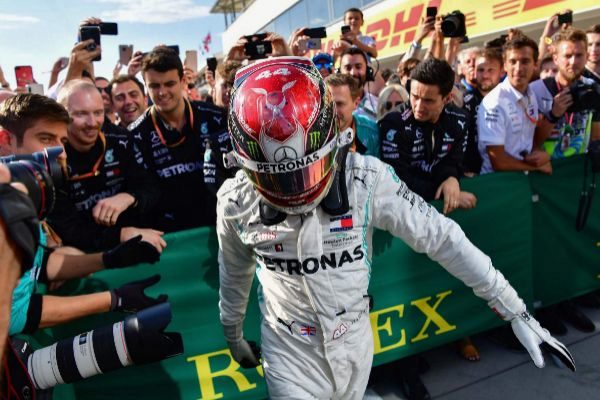Lewis Hamilton, after Sunday's win at Hungaroring, described the start of Mercedes' season as "the best" they had as a team. After 12 races, the Silver Arrows lead the Constructors' World Cup with 150 margin points over Ferrari, with the bonus of that tactical hit in Budapest that left Red Bull unanswered.
Paul Vowles, Mercedes strategy chief, explained the details of that second pit stop that ended Max Verstappen's options at Hungaroring. Everything was built in an almost improvised way, given the lack of information obtained during free training.
"Our men work tirelessly. They took the data from Friday and built models of how our tires would behave during the race against those of Verstappen. And they got it right," says Vowles, who allowed to step on the podium to collect the trophy for his team .
"A huge mountain"
Everything was executed on lap 49, when Hamilton passed to mount the average tires with which to chase Mad Max . In just 21 turns he managed to overcome the 19.5 second delay and beat the Dutchman on lap 67.
"We knew that Lewis had a huge mountain to climb. He was rightly worried about it, although he soon began to show us that he was capable of doing it," admits Vowles, whose World Cup experience dates back to that glorious 2009 Brawn GP , with Jenson Button at the wheel.
"The two-stop strategy, built on these models, would lead us to a fantastic situation at the end of the race, when Verstappen tires had to faint," the British engineer concludes.
According to the criteria of The Trust Project
Know more- Max Verstappen
- Lewis Hamilton
- Jenson button
- Formula 1
- Mercedes GP
- Red bull racing
- sports
Formula 1 'Mad Max' and the winds of a change in trend
F1Bottas regains the good feelings of Mercedes
F1A career for history and at the height of the exploits of Stewart and Mansell

